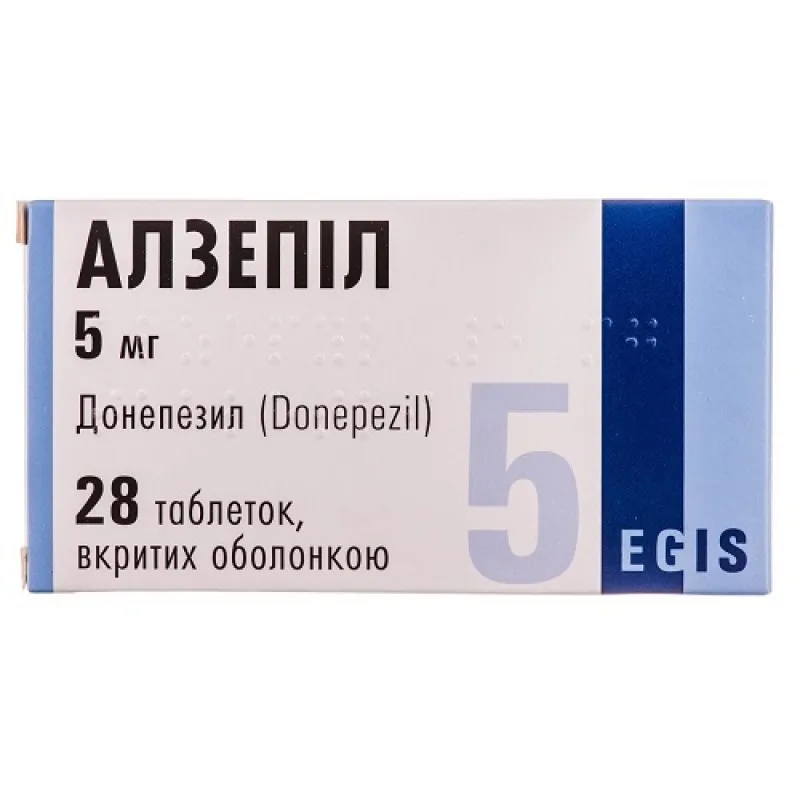Description
Egystrozol (Anastrozole) Coated Tablets 1 mg. №28
Ingredients:
Each coated tablet contains 1 mg of Anastrozole.
Mechanism of Action:
Anastrozole, the active ingredient in Egystrozol, is a potent and selective aromatase inhibitor. It works by reducing the production of estrogen in the body, which can slow down or stop the growth of hormone receptor-positive breast cancer cells.
Pharmacological Properties:
Anastrozole inhibits the enzyme aromatase, thereby decreasing the conversion of androgens to estrogens. This leads to a reduction in circulating estrogen levels in postmenopausal women.
Indications for Use:
Egystrozol is indicated for the treatment of hormone receptor-positive early breast cancer in postmenopausal women.
Contraindications:
Do not use Egystrozol if you are pregnant, breastfeeding, or allergic to Anastrozole.
Side Effects:
Common side effects of Egystrozol may include hot flashes, joint pain, and fatigue.
Usage Instructions:
The recommended dosage is 1 tablet taken orally once a day. Take Egystrozol exactly as prescribed by your healthcare provider. Do not exceed the recommended dosage.
Benefits Compared to Analogues:
Clinical studies have shown that Anastrozole is effective in reducing the risk of cancer recurrence in postmenopausal women with early-stage breast cancer. Research published in the New England Journal of Medicine has demonstrated the superior efficacy of Anastrozole compared to tamoxifen in the adjuvant treatment of early breast cancer.
Suitable Patient Groups:
Egystrozol is suitable for postmenopausal women with hormone receptor-positive early breast cancer. It is not indicated for use in pregnant or breastfeeding women.
Storage and Shelf Life:
- Storage: Store Egystrozol at room temperature away from moisture and heat.
- Shelf Life: Check the expiration date on the packaging. Do not use Egystrozol after the expiration date.
Packaging Description:
Egystrozol is available in packs of 28 coated tablets, each containing 1 mg of Anastrozole.





